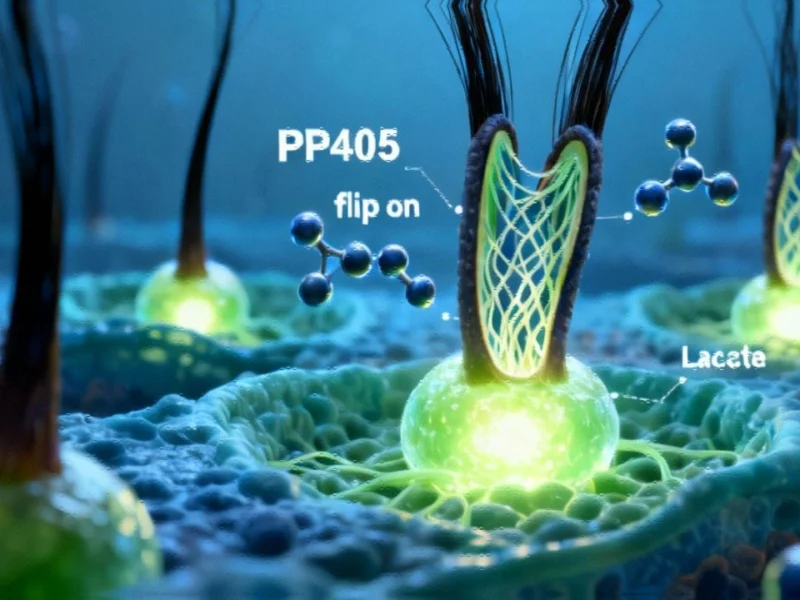Quantum Physics Milestone Achieved
Scientists have reportedly achieved what was previously considered impossible by successfully connecting a time crystal to an external system, according to a new study published in Nature Communications. Researchers from Aalto University say this breakthrough represents a significant step toward practical applications in quantum computing, particularly for improving memory systems that currently face limitations in duration and stability.
Table of Contents
Understanding Time Crystals
Time crystals represent a recently discovered phase of matter that operates differently from conventional crystals, sources indicate. While traditional crystals like diamonds exhibit repeating patterns in space, time crystals display periodic structure in time, with quantum systems of particles oscillating in repeatable patterns. According to reports, these structures initially appeared to challenge fundamental physics principles, particularly the laws of thermodynamics, by exhibiting behavior resembling perpetual motion.
Lead author Jere Mäkinen from Aalto University explained in a press statement that “perpetual motion is possible in the quantum realm so long as it is not disturbed by external energy input, such as by observing it. That is why a time crystal had never before been connected to any external system. But we did just that and showed, also for the first time, that you can adjust the crystal’s properties using this method.”, according to related news
Experimental Breakthrough Details
The research team created what they describe as a continuous time crystal (CTC) that spontaneously breaks continuous time-translation symmetry, connecting it to an external source to form an optomechanical system. Analysts suggest the experimental setup involved using radio waves to pump magnons—a type of quasiparticle—into a helium-3 superfluid cooled to temperatures near absolute zero.
When researchers turned off the energy pump, the report states that magnons formed a time crystal that persisted for 108 cycles, equivalent to several minutes. As the time crystal gradually faded, it connected to a mechanical oscillator in a manner determined by the oscillator itself, marking the first successful interface between these quantum systems and external components.
Thermodynamics Context Clarified
While time crystals might appear to violate established physical laws, theoretical physicist Vedika Khemani of Stanford University, who was not involved in the study, suggested in previous interviews that the situation is more nuanced. According to her analysis, “It’s just a setting in which the law of thermodynamics doesn’t apply. And that’s because the second law of thermodynamics tells you that systems reach entropy-maximizing equilibrium states…we’re talking about quantum systems that can remain out of equilibrium.”
This distinction means that time crystals operate in conditions where conventional thermodynamic constraints don’t necessarily apply, requiring physicists to reconsider how they understand phases of matter beyond equilibrium states.
Potential Quantum Computing Applications
The connection between time crystals and external systems could have significant implications for quantum computing technology, according to the research team. Mäkinen stated that “changes in the time crystal’s frequency are completely analogous to optomechanical phenomena widely known in physics,” suggesting that the system could be optimized by “reducing the energy loss and increasing the frequency of that mechanical oscillator” to approach the quantum realm boundary.
Analysts suggest that with further refinement, time crystals could substantially improve quantum computer memory systems, as they demonstrated longer persistence than current memory technologies. The research indicates that these systems could provide more stable and durable quantum memory components, addressing one of the significant challenges in developing practical quantum computers.
Future Research Directions
Since the first experimental confirmation of time crystals in 2016, research in this field has accelerated rapidly. The current breakthrough demonstrates that these quantum systems can interact with external components, opening new possibilities for both fundamental physics research and practical applications. Researchers indicate that future work will focus on optimizing the interface between time crystals and mechanical systems to enhance their stability and control.
The study represents a collaborative effort in the growing field of quantum materials research, with scientists worldwide continuing to explore the unusual properties and potential applications of these novel physical systems. As the technology develops, analysts suggest we may see increasingly sophisticated implementations of time crystal technology in quantum computing and other advanced technologies.
Related Articles You May Find Interesting
- Albania Appoints AI as Minister in Groundbreaking Governance Experiment
- Deep Learning Models Show Promise for Accurate Lithium-Ion Battery Health Monito
- Core Scientific Stock Upgraded as Standalone Prospects Outweigh Acquisition Hope
- Beyond Crypto: How Ledger’s Latest Device Reinvents Digital Identity Security
- Educators Emerge as Critical Force in AI-Driven Learning Transformation
References
- http://en.wikipedia.org/wiki/Time_crystal
- http://en.wikipedia.org/wiki/Crystal
- http://en.wikipedia.org/wiki/Physics
- http://en.wikipedia.org/wiki/Quantum_computing
- http://en.wikipedia.org/wiki/Perpetual_motion
This article aggregates information from publicly available sources. All trademarks and copyrights belong to their respective owners.
Note: Featured image is for illustrative purposes only and does not represent any specific product, service, or entity mentioned in this article.



